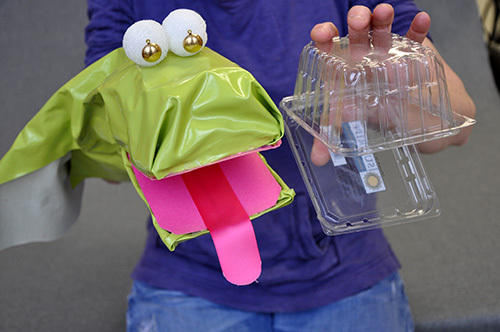
Materials for the Arts is one of those organizations you look at and say to yourself – it’s so obvious – collect surplus materials from businesses and individuals and redistribute them to nonprofits with ongoing arts programming and schools – why doesn’t every community have a recycling program like this one?
הרייט טאוב, Executive Director for Materials for the Arts (which has become one of the largest reuse centers in the U.S.), has helped lead the organization for almost 18 שנים; she says that starting its education program is what she is most proud of. “When I came to MFTA in 1998, we were basically a collection and donation program. I knew early on that newly registered teachers would become better shoppers if they were shown ways to incorporate non-traditional arts materials into their classroom curriculum.” So Harriet started by teaching ‘hat making’ and ‘no sew’ costume making workshops, and then, along with her Materials for the Arts colleague, Joy Suarez, began to offer week-long workshops for educators through the New York City Department of Education’s Office of Professional Development.
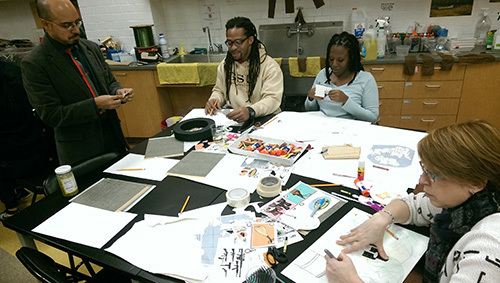
הרצה קדימה 15 שנים: this dynamic hands-on studio-style Professional Development Workshop team now works with thousands of teachers and in turn, with tens of thousands of students through their workshops, free field trip program and in-school residencies. “Our Education Program is changing the way adults and children view materials and helping reduce the amount of unwanted materials headed for the landfill.” וכך, at Materials for the Arts, Harriet notes, “Every day is Earth Day.”
We asked our MFTA experts to come up with 10 really innovative things anyone can do to protect our earth with a little bit of creativity:
1. Turn your beverage containers into garden décor – e.g. glass bottles can be turned into terrariums. Plastic soda bottles – 1 litre – can be cut in half and the spout can be turned upside down for drainage, and plant inserted into the body of the bottle and placed in your garden or window box or curbside tree box.
2. Junk mail envelopes can be turned into envelope books with string and magazine clippings.
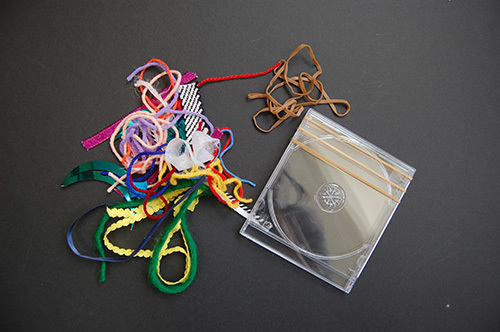
3. Don’t buy new things – create new, fashionable clothing from your torn and worn items. You can take strips of your woven clothing and weave them into new designs.
4. Old technology, including CD’s and CD cases, can be repurposed into small desk calendars, wind-chimes, bases for collage; photo frames; frames for weavings with rubber bands.
5. Make musical instruments with plastic bottles filled with beads or beans. Metal coffee cans can be used for percussion instruments. Bottle caps can be strung together to make hand held percussion instruments.
6. Puppets can be made out of washed chop sticks, fabric scraps, tassels, buttons or even hanging file folders – no one files paper anymore!

7. Paper bags can be transformed into the bases for fabulous hats and headdresses or masks for plays and oral presentation in classrooms.
8. Cardboard boxes can be repurposed for storage (why buy plastic?) as well as lightweight furniture – tables and chairs for children.
9. Binders can be refashioned into portfolios, clutch handbags or birdhouses.
10.Take your extra string, buttons, beads, zippers, bottle caps, ribbon and paper clips to create personalized jewelry – necklaces, bracelets and pins.
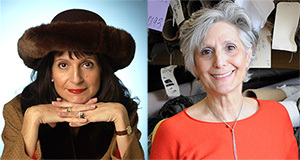

הצטרף אליי ולמנהיגי מחשבה מוכרת בעולם כולל סר מייקל ברבר (בריטניה), DR. מיכאל בלוק (ארה"ב), DR. ליאון בוטשטיין (ארה"ב), פרופסור קליי כריסטנסן (ארה"ב), DR. לינדה דרלינג-Hammond (ארה"ב), DR. MadhavChavan (הודו), פרופ 'מיכאל Fullan (קנדה), פרופ 'הווארד גרדנר (ארה"ב), פרופ 'אנדי הארגריבס (ארה"ב), פרופ 'איבון הלמן (הולנד), פרופ 'קריסטין Helstad (נורווגיה), ז'אן הנדריקסון (ארה"ב), פרופ 'רוז Hipkins (ניו זילנד), פרופ 'קורנליה הוגלנד (קנדה), הכבוד ג'ף ג'ונסון (קנדה), גברת. שנטל קאופמן (בלגיה), DR. EijaKauppinen (פינלנד), מזכיר המדינה TapioKosunen (פינלנד), פרופ 'דומיניק לפונטיין (בלגיה), פרופ 'יו לאודר (בריטניה), לורד קן מקדונלד (בריטניה), פרופ 'ג'ף מאסטרס (אוסטרליה), פרופ 'בארי McGaw (אוסטרליה), שיב נדאר (הודו), פרופ 'R. נטריגין (הודו), DR. PAK NG (סינגפור), DR. דניז אפיפיור (ארה"ב), שרידהר ךאג'גופלן (הודו), DR. דיאן ראוויטש (ארה"ב), ריצ'רד וילסון ריילי (ארה"ב), סר קן רובינסון (בריטניה), פרופ Pasi Sahlberg (פינלנד), פרופ Manabu סאטו (יפן), אנדריאס שלייכר (PISA, OECD), DR. אנתוני סלדון (בריטניה), DR. דוד שפר (ארה"ב), DR. קירסטן Immersive Are (נורווגיה), קנצלר סטיבן ספאן (ארה"ב), איב Theze (LyceeFrancais ארה"ב), פרופ 'צ'רלס Ungerleider (קנדה), פרופ 'טוני וגנר (ארה"ב), סר דייוויד ווטסון (בריטניה), פרופסור דילן Wiliam (בריטניה), DR. מארק Wormald (בריטניה), פרופ 'תיאו Wubbels (הולנד), פרופ 'מייקל יאנג (בריטניה), ופרופ 'Minxuan ג'אנג (סין) כפי שהם לחקור שאלות חינוך תמונה הגדולות שכל המדינות מתמודדות היום.
גלובל החיפוש לחינוך עמוד קהילה
C. M. רובין הוא המחבר שתי סדרות מקוונות רבים קוראות שלהיא קיבלה 2011 הפרס אפטון סינקלר, "גלובל החיפוש לחינוך" ו- "איך תוכלו לקרוא?"היא גם מהחבר של שלושה ספרים רבי מכר, כולל אליס בארץ הפלאות Real, הוא המוציא לאור של CMRubinWorld, והוא משבש קרן עמית.
עקוב C. M. רובין בטוויטר: www.twitter.com/@cmrubinworld

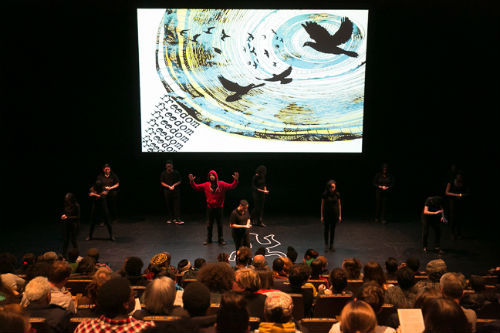
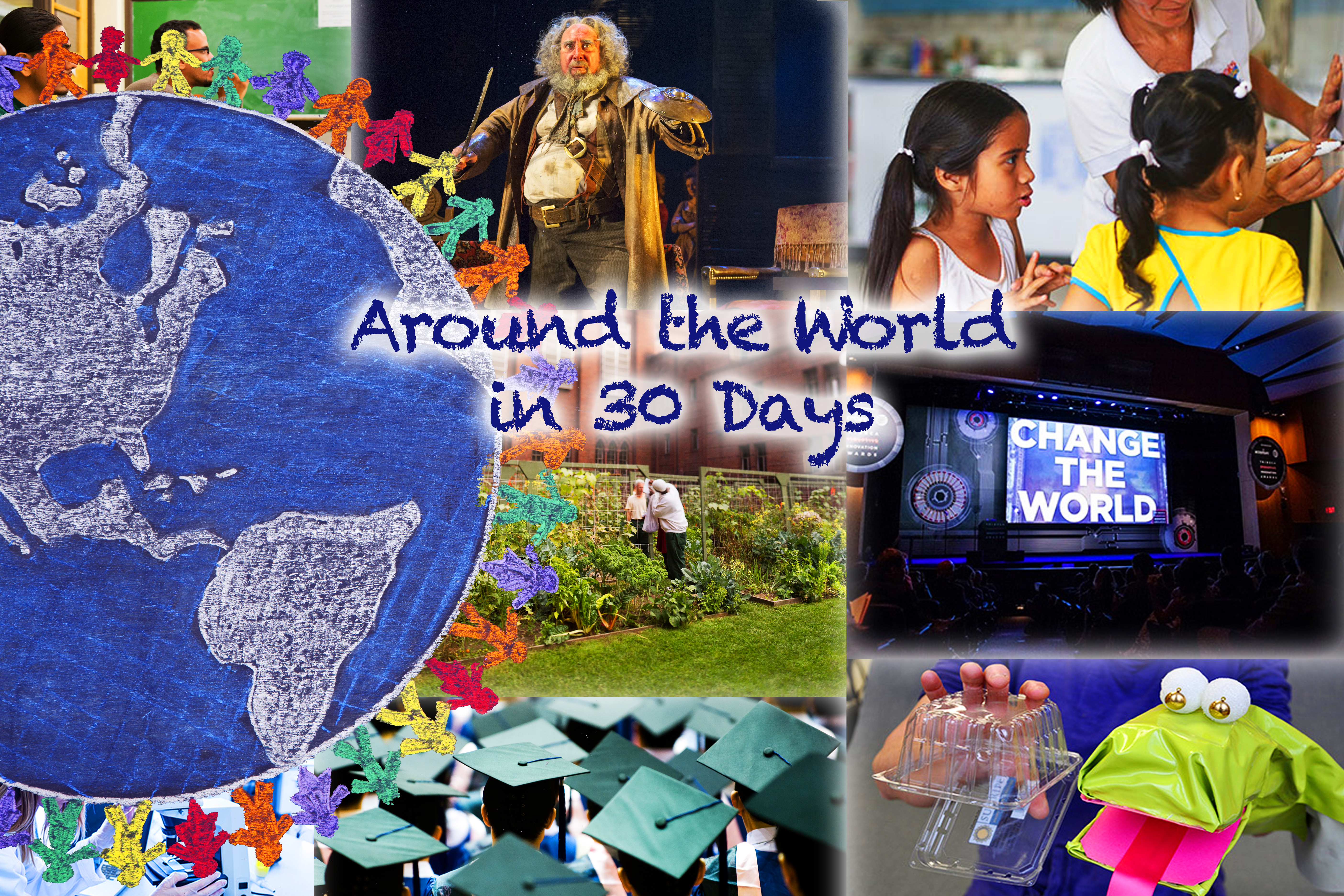
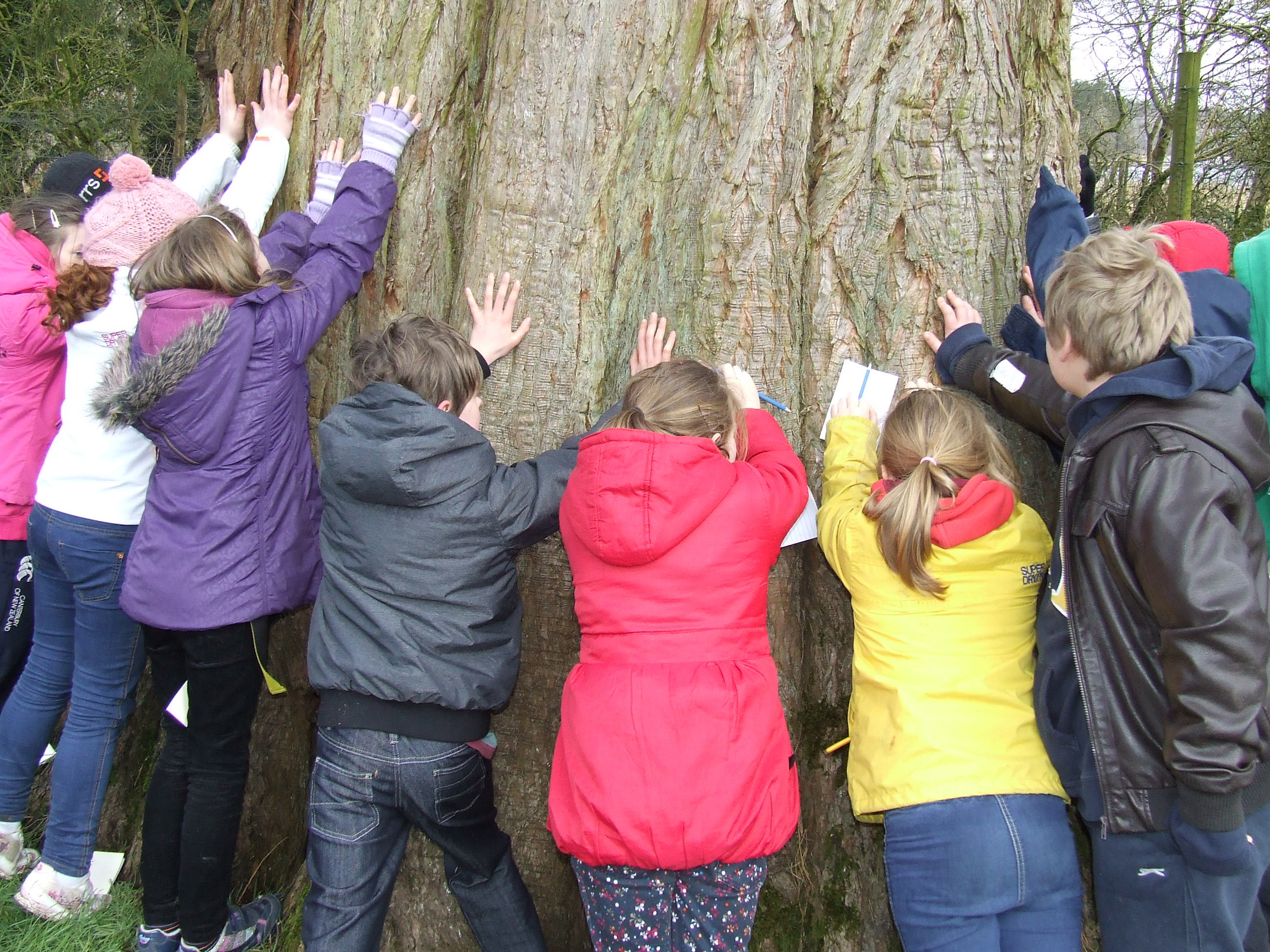
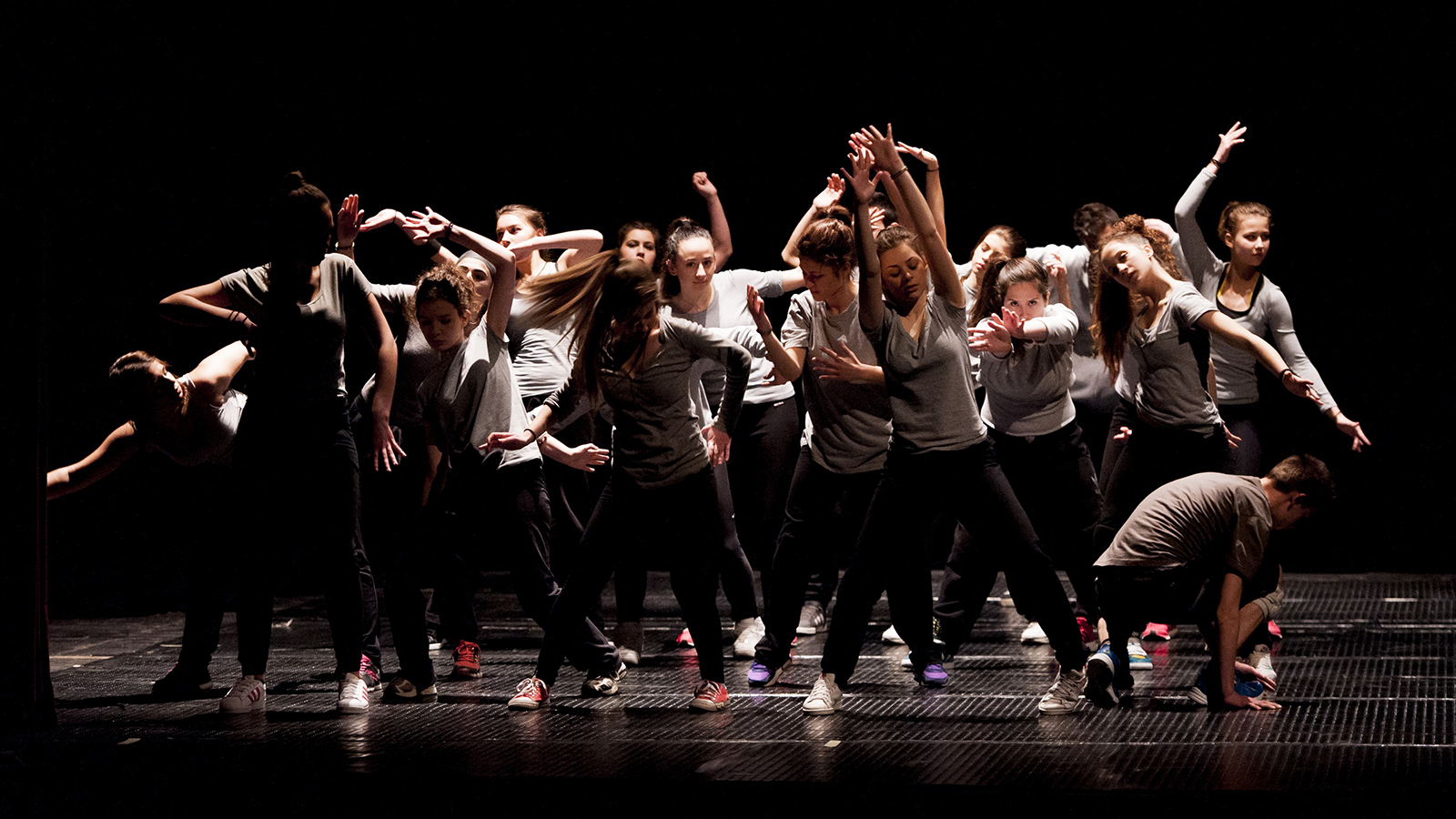
תגובות אחרונות